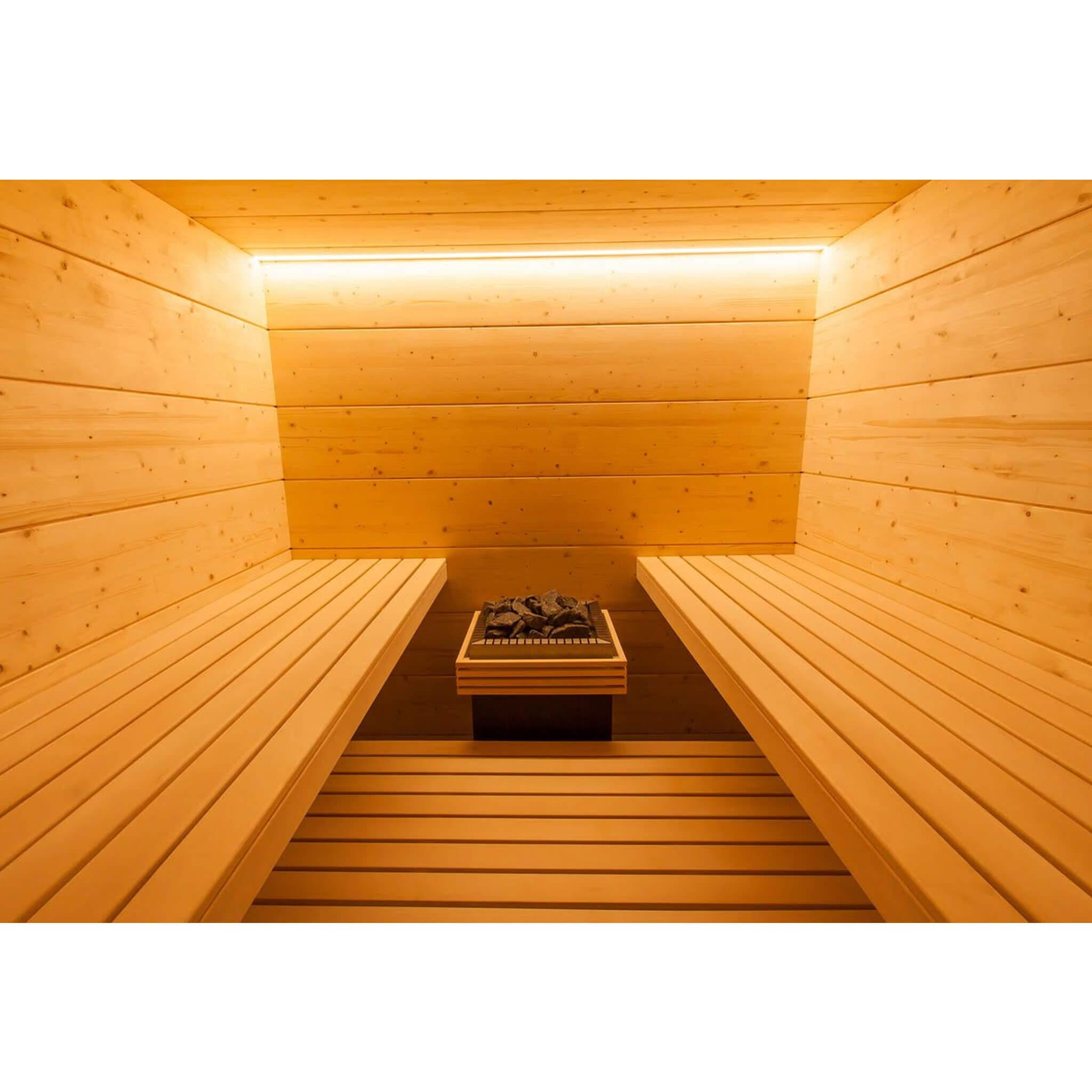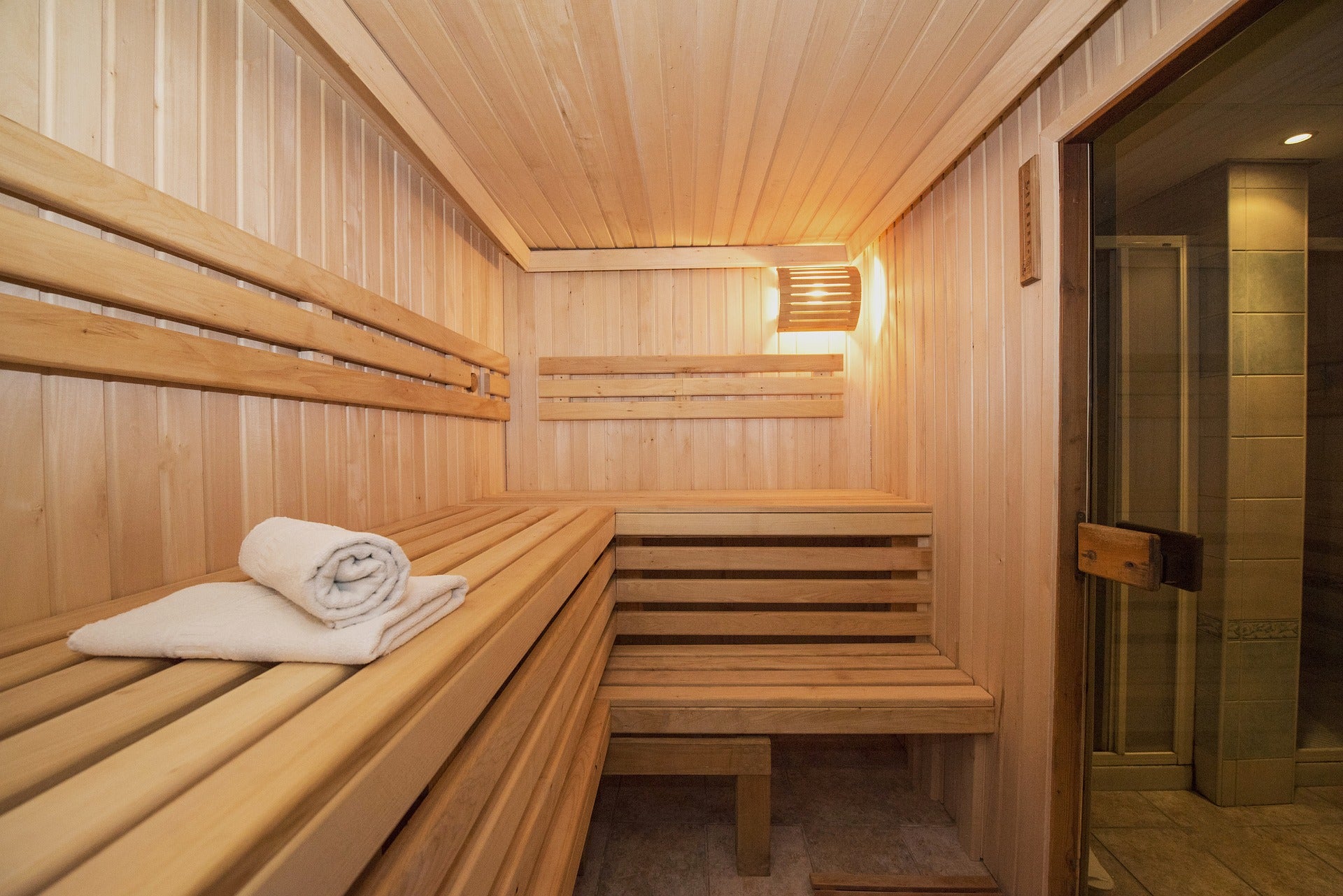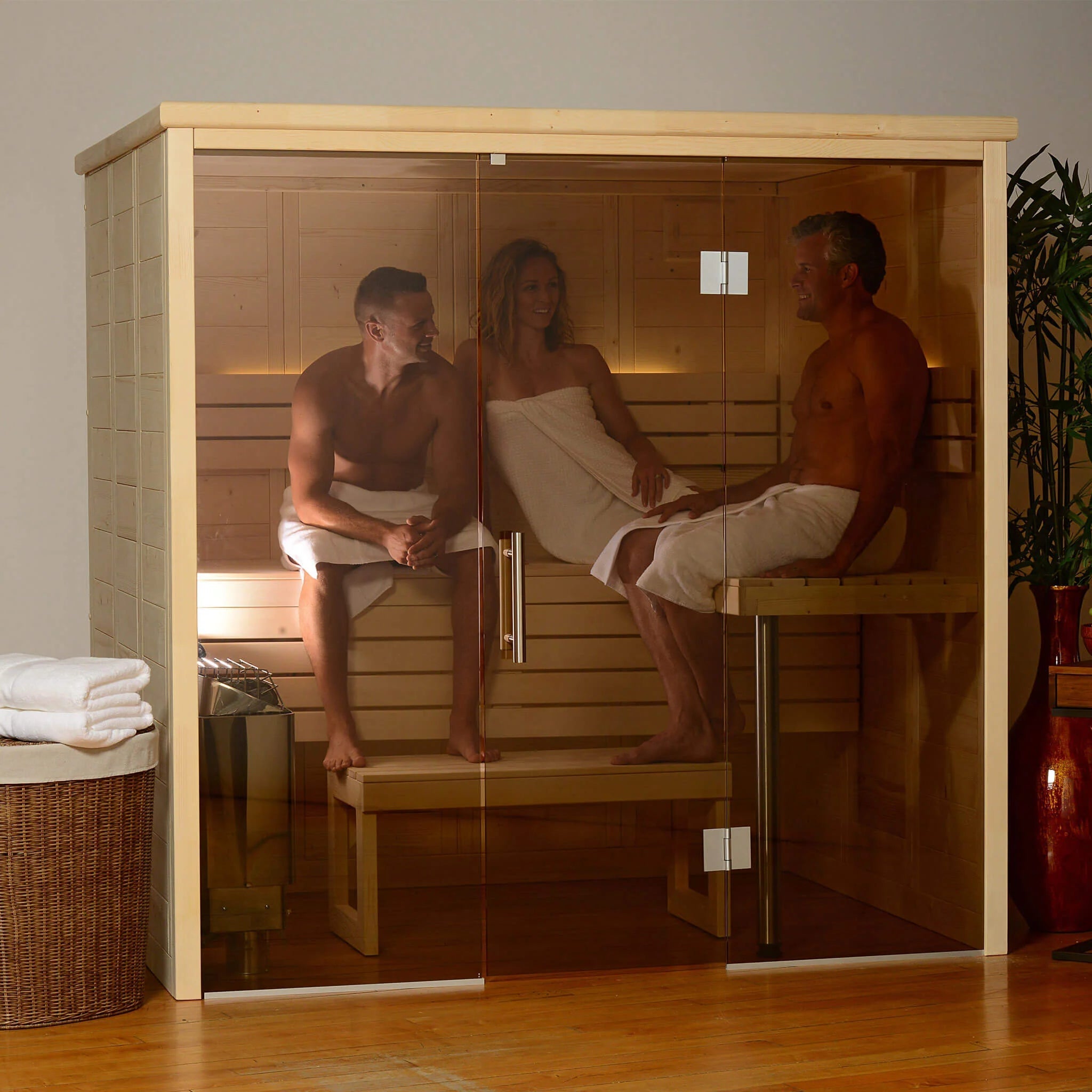Not known Details About Traditional Sauna
Not known Details About Traditional Sauna
Blog Article
6 Simple Techniques For Traditional Sauna
Table of ContentsThe Of Traditional SaunaSome Of Traditional SaunaThe Basic Principles Of Traditional Sauna Excitement About Traditional SaunaTraditional Sauna for Dummies
Many of the weight shed in a sauna is water loss and is re-gained upon rehydrating. Without an uncertainty sauna can be an essential component of a healthy and balanced weight loss program. To check out the differences between standard and IR saunas, I will divide these right into verifiable, academic, and produced distinctions.Hence, the most popular point in the saunawhich goes to the ceiling straight above the sauna heateris commonly in between 185 and 190 F. Claims that a conventional sauna goes beyond 200 F is simply not real and not applicable for electric saunas offered in the US. The temperature for a far-infrared sauna is normally established in between 120 and 140 F; nevertheless, unlike the typical sauna, the goal in and IR space is not to accomplish a high temperature level.

When a typical sauna has been properly heated up, the sauna walls are warm, the air temperature level has accomplished established temperature and the rocks are super warmed. As a fascinating side note, the heated walls and the rocks are emitting far-infrared warm, combined with the heated air, to create an "wrapping up heat".
Traditional Sauna Things To Know Before You Buy
When the heat is achieved, the elements cycle on and off to keep the heat. Most conventional sauna customers appreciate pouring water over the rocks to produce steam to increase sauna humidity levels. The advantages of pouring water over the rocks consist of: making the area a lot more comfortable, moistening the nasal flows, and enabling the use of aromatherapy by blending vital oils with the water.

When the power goes into the body, it creates the body temperature level to enhance and ultimately causes sweating. In an infrared sauna it's vital for the emitters/heaters to stay on almost continuously. Considering that there is no mass of rocks to keep warm, the sauna will cool if the emitters shut down.
The 4-Minute Rule for Traditional Sauna
As pointed out above, the sauna bather in an infrared area intends to place himself before operating emitters to get maximum gain from the warm. The heating time for the two areas can be really various, depending upon how the areas are utilized. For a standard sauna, a bather must allow 30-40 minutes for the room to accomplish a preferred temperature level and to correctly pre-heat the rocks.

A well built sauna will typically accomplish a temperature level of 150-160 F in about 30-40 minutes. For hotter temperature levels, the area may require to warm for a longer period.
To some, 15 minutes was "squandered" while the infrared power warmed the wood panels rather than heating a body, while others discover a pre-heated area to be more comfy and believe an elevated starting temperature level is needed to start sweating. The size of suggested use for every space is about the very same (10-15 minutes per session); nevertheless, because of the reduced air temperature levels and the capacity read to really feel the effects of infrared heat quicker than a typical sauna, it is not unusual for an individual to invest an overall of 20-30 minutes in an infrared sauna.
The Main Principles Of Traditional Sauna

The ordinary price per kWH of electricity in the U.S. is roughly $0.11, so a 4.5 kW heater will certainly set you back about $.50 to run for one hour, if the heating unit runs constantly for one hour. Normally a sauna heater will compete 75% of the very first hour and 50% of subsequent hours on considering that the components cycle once the established temperature is achieved.
A 2 individual far-infrared area is typically literally smaller than a standard sauna, often about 4' x 4' or smaller. The IR heating system is commonly 1.5-1.7 kW utilizing a 120 volt 15 amp plug-in solution. Since the space can be utilized quicker than a sauna area, we will certainly assume the room is utilized for to of an hour including warm up time.
There is a rarely gone over distinction in the social experience between the two rooms. While our culture has shed several of the social advantage of the typical sauna experience, it can be really socially fulfilling (Traditional Sauna). From family members time in the sauna, to heart-felt discussions with loved ones, to sauna partiesthe typical sauna experience can blog bring about intimate interacting socially
Traditional Sauna - Questions
Many greater end infrared rooms consist of tinted light therapy, audio systems and full-glass fronts.
Report this page